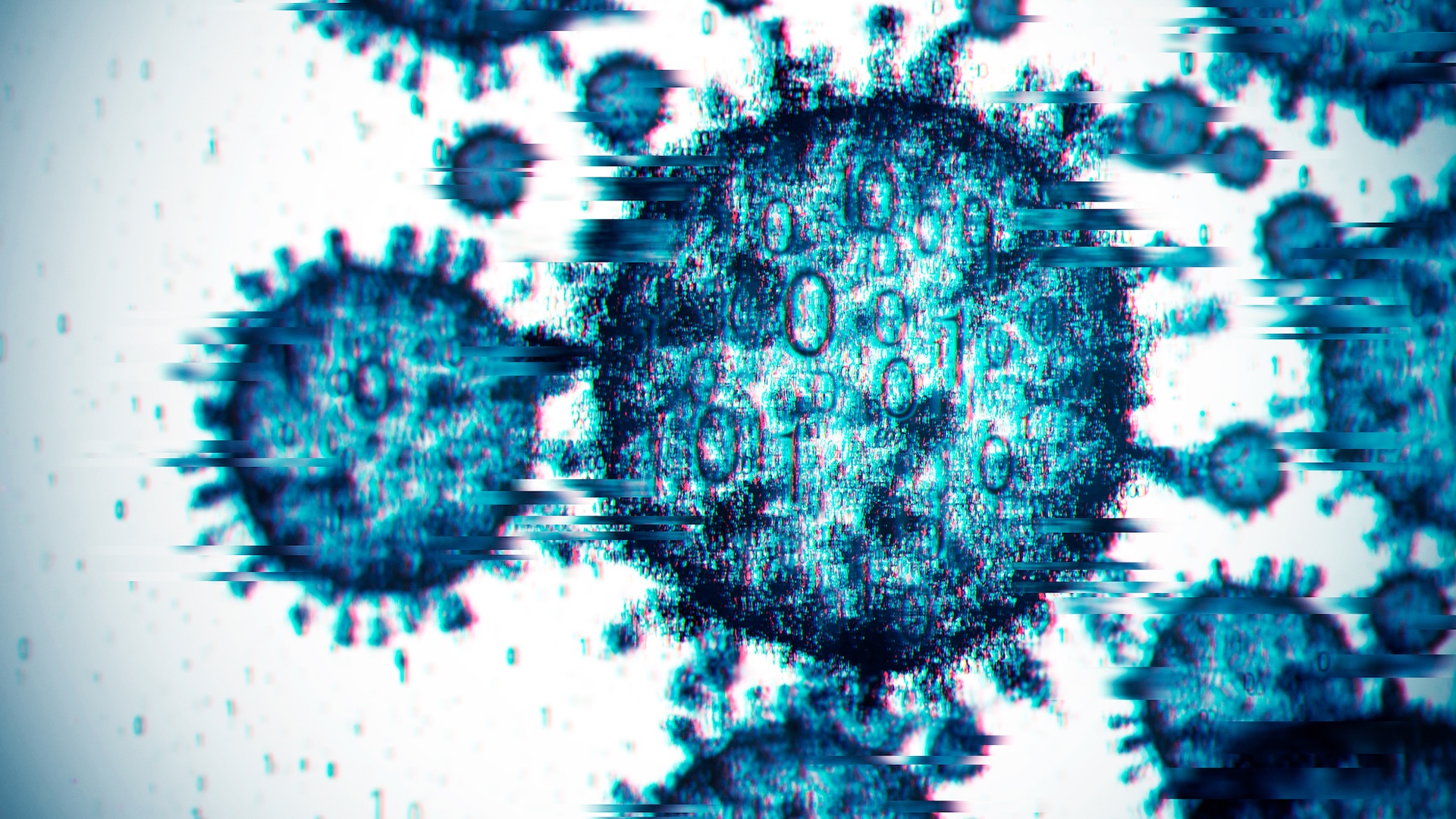Women's Hormonal Disorder May Get New Name

A common hormonal disorder in women should have a new name that better reflects the condition's characteristics, a government-appointed panel of experts said today (Jan. 23).
The condition's current name — polycystic ovary syndrome (PCOS) — is confusing, because women do not need to have ovarian cysts to have PCOS, nor is the presence of cysts alone enough to diagnose the disorder, the panel said.
The current name may also hinder recognition and research of the disease, according to the panel, which was convened by the National Institutes of Health (NIH).
"The name PCOS is a distraction that impedes progress. It is time to assign a name that reflects the complex interactions that characterize the syndrome," Dr. Robert A. Rizza, a panel member and professor of medicine at the Mayo Clinic in Rochester, Minn., said in a statement. "The right name will enhance recognition of this issue and assist in expanding research support."
Polycystic ovary syndrome is a disorder caused by imbalances in sex hormones, including the female hormone estrogen and the male hormone androgen. Women with PCOS can have menstrual irregularities, cysts on the ovaries, acne, weight gain and difficulty getting pregnant. The condition also increases the risk of type 2 diabetes, high cholesterol and high blood pressure. As many as 5 million U.S. women have the condition, according to the NIH. [See Acne in Women Can Signal Hormone Problems.]
The panel also recommended additional research to understand the underlying causes of the hormonal imbalance, as well as factors that can trigger the disease or make it worse.
Pass it on: Polycystic ovary syndrome should get a new name that better reflects the condition's characteristics, experts say.
Get the world’s most fascinating discoveries delivered straight to your inbox.
Follow Rachael Rettner on Twitter @RachaelRettner, or MyHealthNewsDaily@MyHealth_MHND. We're also on Facebook&Google+.

Rachael is a Live Science contributor, and was a former channel editor and senior writer for Live Science between 2010 and 2022. She has a master's degree in journalism from New York University's Science, Health and Environmental Reporting Program. She also holds a B.S. in molecular biology and an M.S. in biology from the University of California, San Diego. Her work has appeared in Scienceline, The Washington Post and Scientific American.


